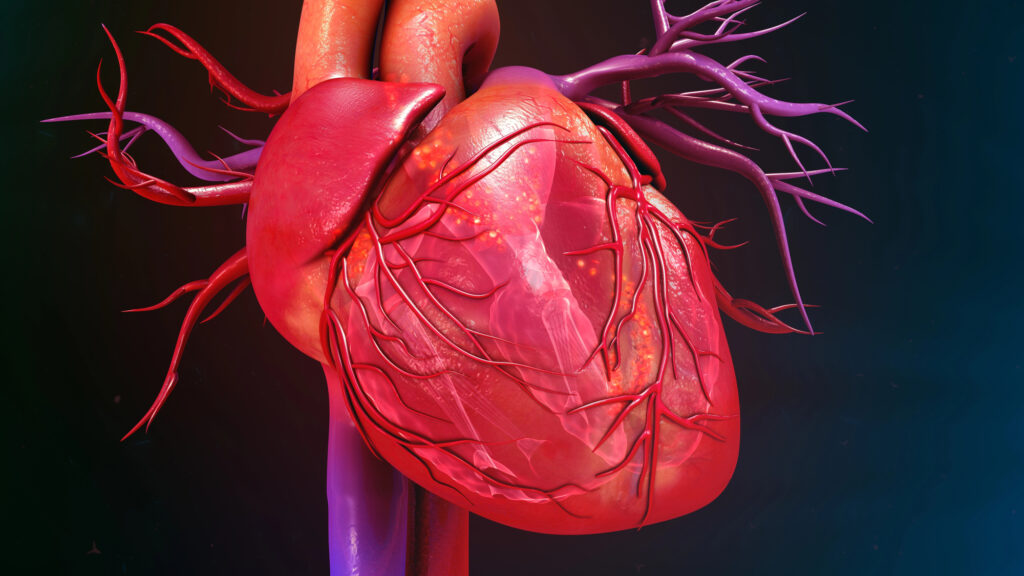Injuries induce the initiation of inflammation to control the damage. However, the resolution of the injury-induced inflammation leading to healing is not well characterized. This new article, published in Molecular Chemistry, by Dr Barry Sears and researchers at the Inflammation Research Foundation suggests that the resolution process is under significant dietary control and thus can be optimized by using a highly defined systems-based nutritional approach.
In particular, a successful resolution of injury-induced inflammation requires the continuous balance of hormonal and genetic factors. The essential hormones involved in the process are eicosanoids derived from omega-6 fatty acids that need to be balanced by resolvins derived from omega-3 fatty acids. Likewise, the gene transcription factor NF-κB that controls inflammation must be offset by the activation of AMPK, which is the genetic master switch of metabolism and repair of damaged tissue.

“This balancing act of initiation of inflammation and its ultimate resolution that leads to healing is a systems-based approach,” states Dr. Barry Sears, the President of the Inflammation Research Foundation. “The activation of resolution requires a sequential orchestration of reducing, resolving, and repairing of the injury-induced inflammation. Each step of the process can be either enhanced or inhibited by the diet.”
Since injuries are at random, the mechanisms and dietary constraints required for their successful orchestration leading to healing must be continually optimized. If not, then unresolved inflammation may become permanent in the form of either fibrosis or the development of senescence cells leading to earlier onset of chronic disease and acceleration of the aging process.
The article outlines an appropriate calorie-restricted anti-inflammatory diet that is needed to reduce inflammation, the levels of omega-3 fatty acids required to resolve inflammation, and the levels of dietary polyphenols required to activate AMPK to repair the tissue damage caused by the inflammation. Furthermore, the appropriate blood markers to indicate success in optimizing each distinct phase of resolution are discussed in the article. In this article you will learn: Pro-Resolution Nutrition represents a comprehensive, personalized dietary pathway to simultaneously achieve improved treatment of existing chronic conditions, as well as extending one’s healthspan. You will learn from this article:
- Understanding Inflammation and Resolution;
- Consequences of Blocked Resolution Response;
- Mechanism Behind Cellular Senescence;
- Fibrosis and Compromised Organ Function;
- Controlling Immunological Responses;
- The Role of NF-κB and the Resolution Response;
- Eicosanoids and the Resolution Response;
- Resolvins and Specialized Pro-Resolving Mediators;
- AMPK as the Master Metabolic Switch;
- Dietary Control of the Resolution Response;
- Personalized Pro-Resolution Nutrition and Blood Testing.
Download the Full Text Study Here








